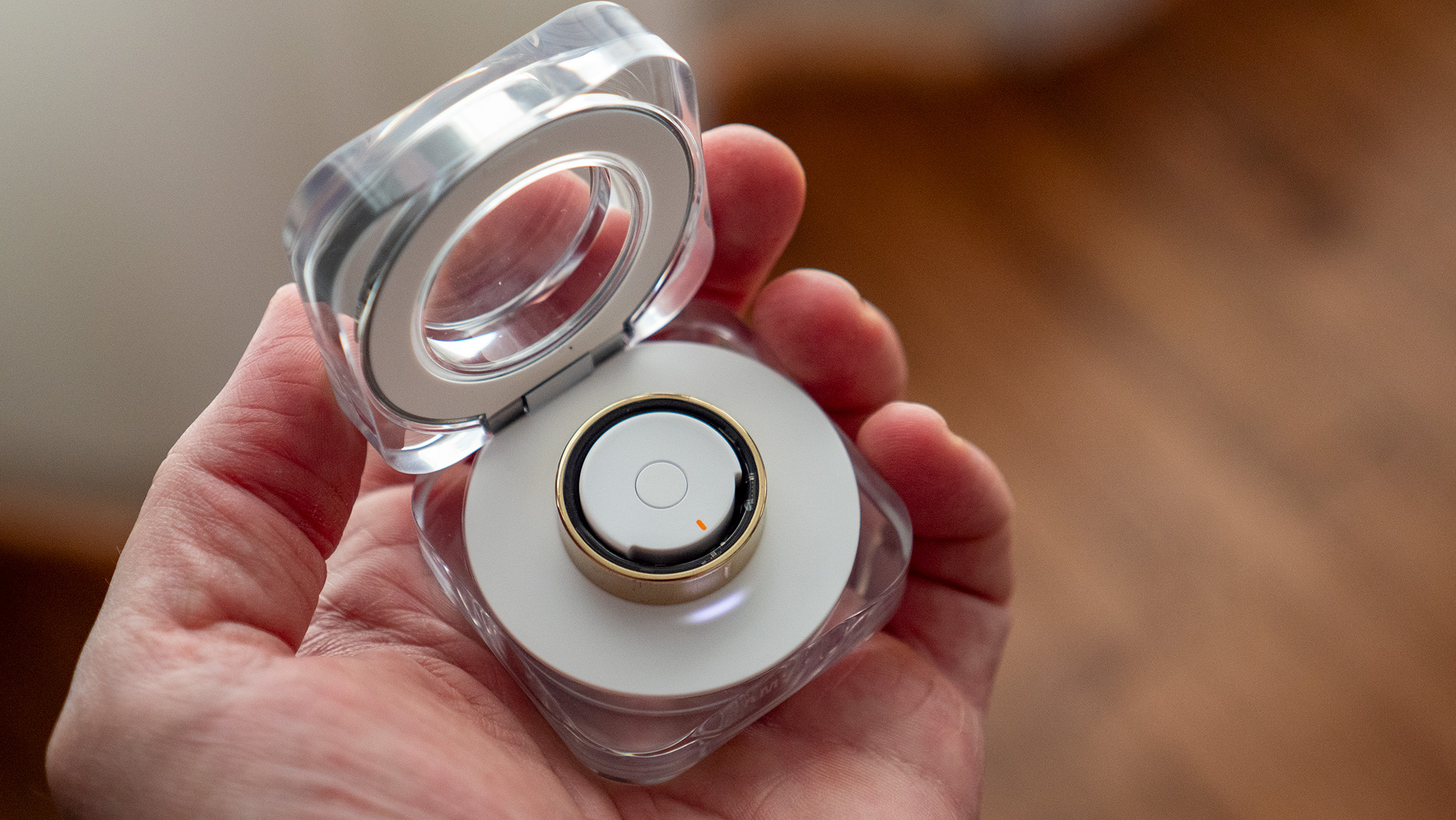
Will Samsung show off the Galaxy Ring 2 at Galaxy Unpacked 2025, just as it revealed the first Galaxy Ring in January 2024? We don't know, but rumors suggest Samsung might. And either way, we think the Galaxy Ring 2 has plenty of room for improvement.
Many of the best smart rings stick around for years after release, receiving software updates but keeping the same basic hardware and design. But Samsung is used to annual releases, and one leak suggested the Galaxy Ring 2 may arrive ahead of schedule.
The first Samsung Galaxy Ring is a gorgeous but basic device, with a limited set of features compared to other smart rings and several tools locked to Galaxy phone owners. We've no doubt Samsung will keep these exclusives for the Ring 2, but expect other new tricks and tools to make the Ring 2 more competitive with platform-agnostic rings like the Oura Ring 4 and Ultrahuman Ring Air.
Samsung told us around the Ring 1 launch that it planned to use customer "feedback" to determine what will go into future Galaxy Ring features or Ring 2 upgrades. While we're not customers, we do have feedback! So here's everything we want improved for the Ring 2, along with all the leaks, patents, and rumors we've heard so far.
Samsung Galaxy Ring 2: When will it arrive?
DigiTimes reported last month that Samsung will show off the Galaxy Ring 2 at Galaxy Unpacked 2025, along with Android XR glasses.
Galaxy Unpacked will take place on Wednesday, January 22. We also know that Samsung teased the first Galaxy Ring at Unpacked 2024, showing prototypes to a few outlets, before eventually releasing it that summer. So a Ring 2 unveiling this month would align with Samsung's past schedule.
Whether Samsung shows off a Galaxy Ring 2 glimpse this month or focuses solely on the Galaxy S25, the Ring 2 won't release in the short term. If Samsung sticks to its annual release calendar, the Galaxy Ring 2 will arrive in August 2025.
A tipster leak indicated that "Samsung appears to be planning to launch its Galaxy Ring 2 model a bit earlier than originally scheduled." That statement could mean shortening from a multi-year to annual schedule, or launching it earlier in 2025 so the Ring 2 doesn't overlap with the Galaxy Watch 8. It's hard to say, but we should hopefully know more after Unpacked 2025.
Samsung Galaxy Ring 2: Leaks and confirmed specs
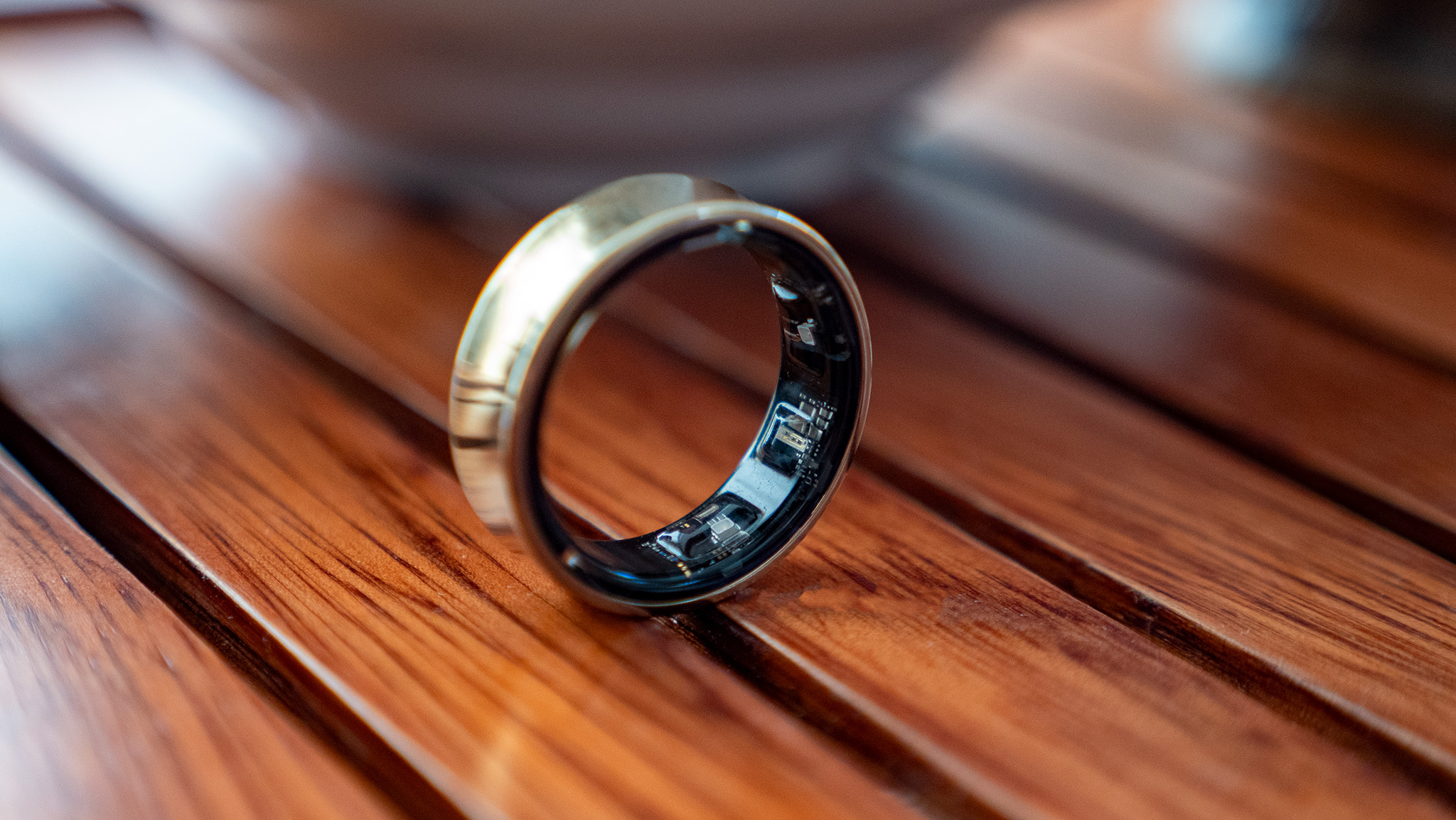
We don't know anything concrete about the Galaxy Ring 2, including whether or not it exists yet. But we've heard a couple of rumors about how it'll differ from the first-gen model.
That DigiTimes report claims that the Galaxy Ring 2 will have "more accurate health data sensors and improved AI functionalities." It also claims the battery life will "exceed seven days," or the approximate capacity of the Galaxy Ring 1.
According to the tipster Lanzuk, the Galaxy Ring 2 will be "thinner" than the 2.6mm first-gen model, and he also suggests it'll have "longer battery life." Most smart rings fall within the same 3mm range and week-long capacity, though the RingConn Gen 2 is only 2mm thick and lasts about 10–12 days.
If Samsung gives the Ring 2 a more traditional ring size, makes it last longer, and keeps its health data fairly accurate, that would be a serious accomplishment.
Lanzuk also says the Ring 2 will have "more features" without specifying what — which is both incredibly vague and fairly obvious for any new product. Still, it gives us leeway to predict what new features Samsung might add next.
What's tricky is that Samsung is still updating the first-gen Galaxy Ring with new features, adding new large ring sizes and promising new features like a mindfulness tracker, sleep environment report, and optimal bedtime suggestions. That last feature won't arrive until the second half of 2025, which would align with a potential Ring 2 release date.
Based on the Galaxy Ring's current specs, we expect the Galaxy Ring 2 to have sizes 5 through 15, come in a titanium finish in Black, Gold, and Silver, and hit IP68 and 10ATM dust/water resistance. It should track heart rate, stress, blood oxygen, sleep stages, and skin temperature, among other metrics.
We did see a Galaxy Ring patent for an elastic inside layer that would adjust to your ring size, making it easier for Samsung to sell one-size-fits-all Galaxy Ring 2 models. But a patent doesn't necessarily mean Samsung will be able to implement the design successfully, so we're not assuming anything until we hear something definitive.
Samsung Galaxy Ring 2: Wishlist
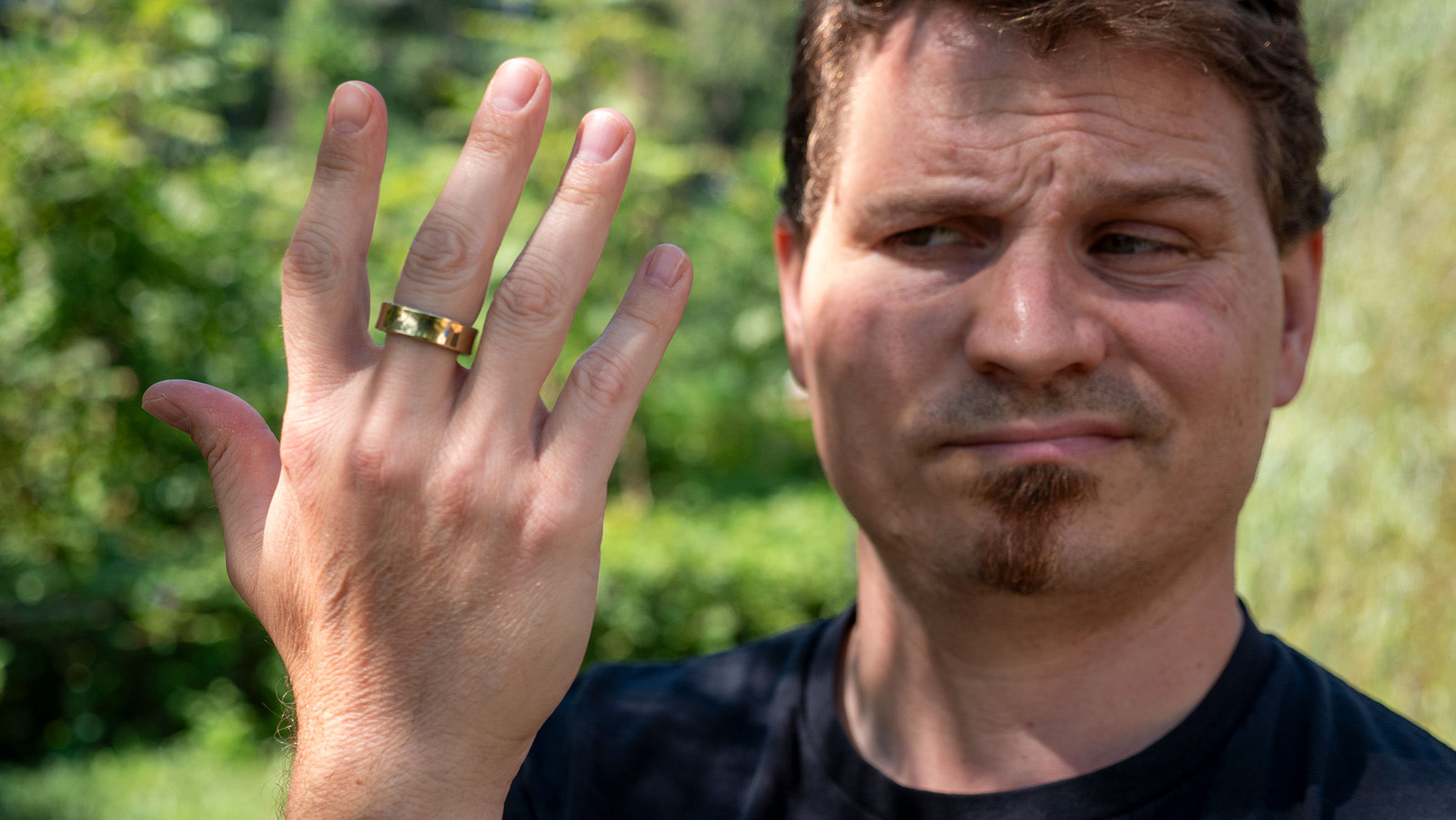
Considering how little we know so far about the Ring 2, we'll focus instead on what changes Samsung should make. The Galaxy Ring had several noticeable flaws that the Ring 2 will hopefully correct, as well as absent features that we're unlikely to get but still hope to see.
For starters, as unlikely as it is, we'd like to see a cheaper Galaxy Ring 2. $399 is on the high side for a smart ring, especially when there's so much overlap with what the Galaxy Watch 7 offers. If Samsung can bring the price down to $299 to match its base smartwatch, that would make it much more accessible.
More importantly, we found that the Galaxy Ring's accuracy needs work. It's not necessarily inaccurate, but its nightly data shows random gaps where no information is collected for long stretches, and other devices seem to nail the sleep stage averages more exactly.
In addition, we'd like to see more health metrics like what Galaxy Watches offer, whether it's ECGs, passive AFib detection, or sleep apnea detection. As is, the Galaxy Ring's offerings are a bit plain, so it doesn't stand out compared to other smart rings, or especially compared to smartwatches.
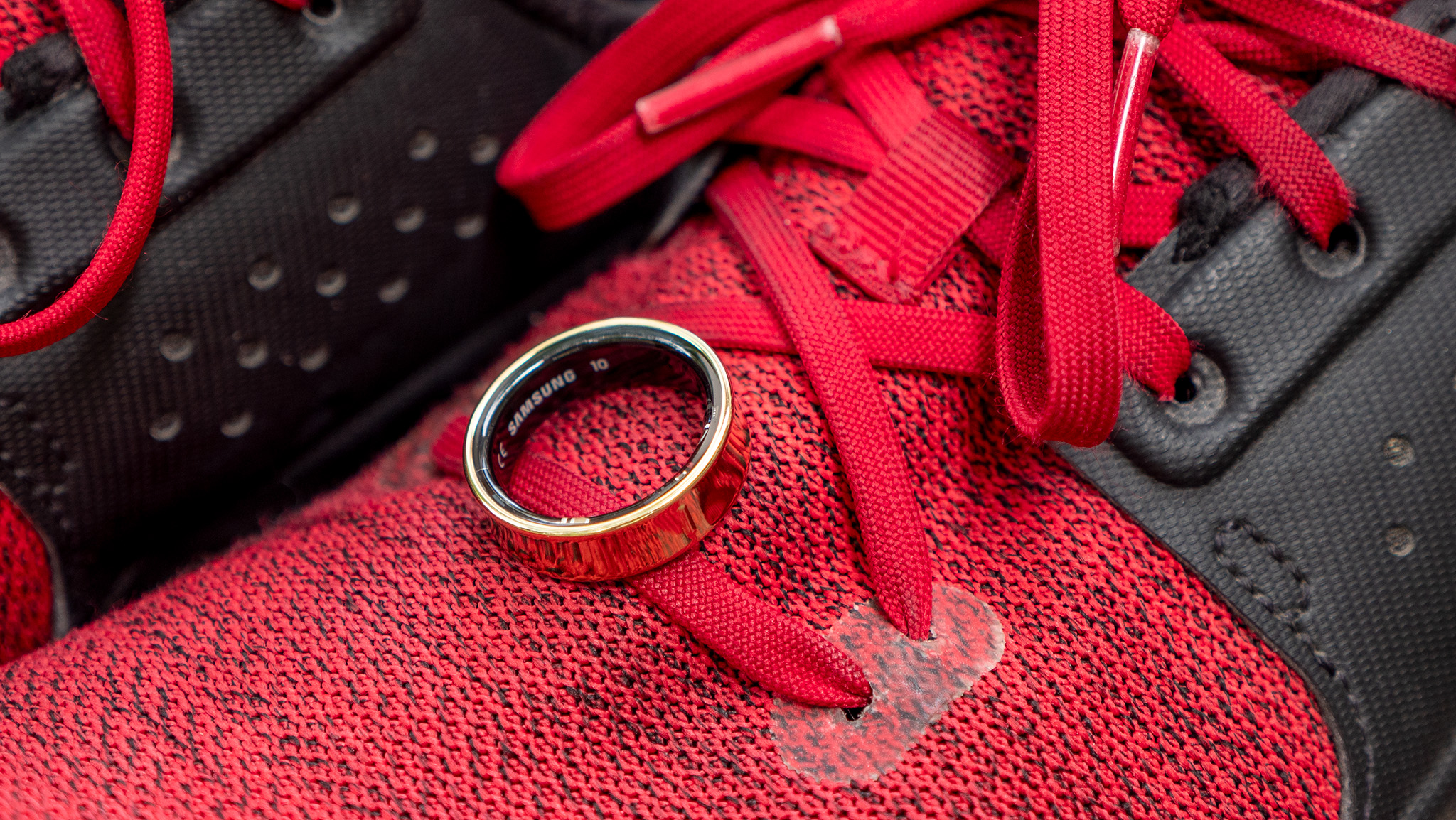
As for fitness tracking, it did surprisingly well for step tracking but was otherwise unreliable. It only automatically tracks a couple of sports types and takes too long to trigger; plus, infrequent heart rate data ensures that the results don't match your effort properly.
Smart rings aren't exactly built for fitness, but a wider range of sports modes, better manual workout tracking, and better heart rate accuracy would be good starting points for the Galaxy Ring 2 that would help it better compete with Oura.
Plus, we'd hope the next step for Samsung's "Energy Score" is to recommend workouts or active minutes based on that energy level calculation, just as Fitbit, Amazfit, and Garmin do. Perhaps Samsung will improve the Energy Score feature by the time the Galaxy Ring 2 arrives to include workout and recovery times.
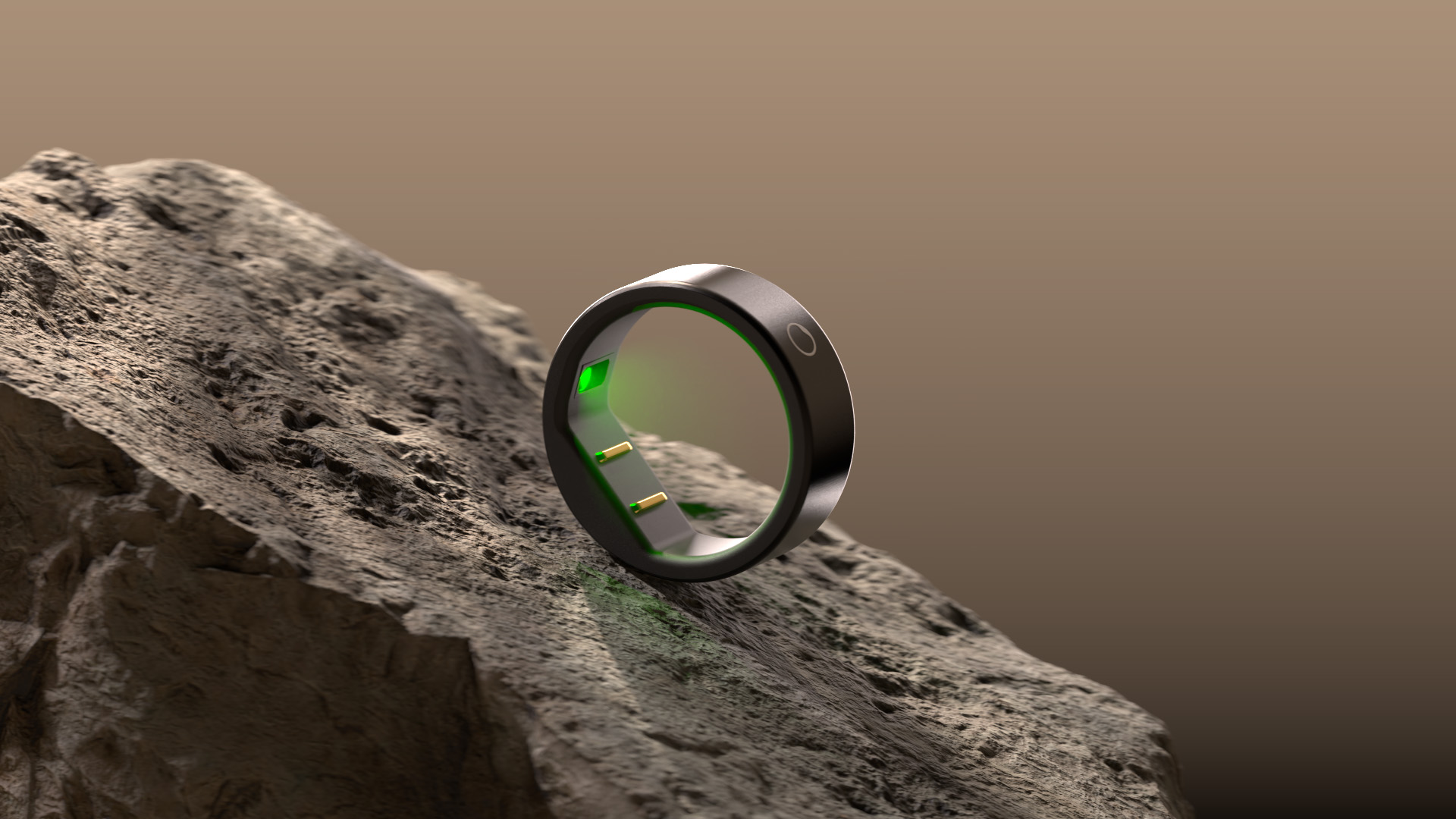
A Galaxy Ring 2 long-shot is haptics, but it's still something we'd like to see. The Circular Ring uses vibrations for subtle notification pings, silent alarms to wake you up, and breathing notifications. Samsung has smart gestures that control your Galaxy phone, but haptics would be the next step for better phone-ring integration.
During a Q&A session in 2024, Galaxy Ring product manager Bill Cornell was asked about haptic feedback; he responded that "I don't know if that's the future or not," but that they'll "get feedback from the customers after we launch this version and see if there's any additional things that we can add in the future."
That makes it seem unlikely, but this is our wishlist, so we're including it anyway. A vibration motor is one of the key smart ring features that we think will make them more popular with consumers, and since the Circular Ring 2 cut haptics to fit its ECG, Samsung would be the only option left for it.
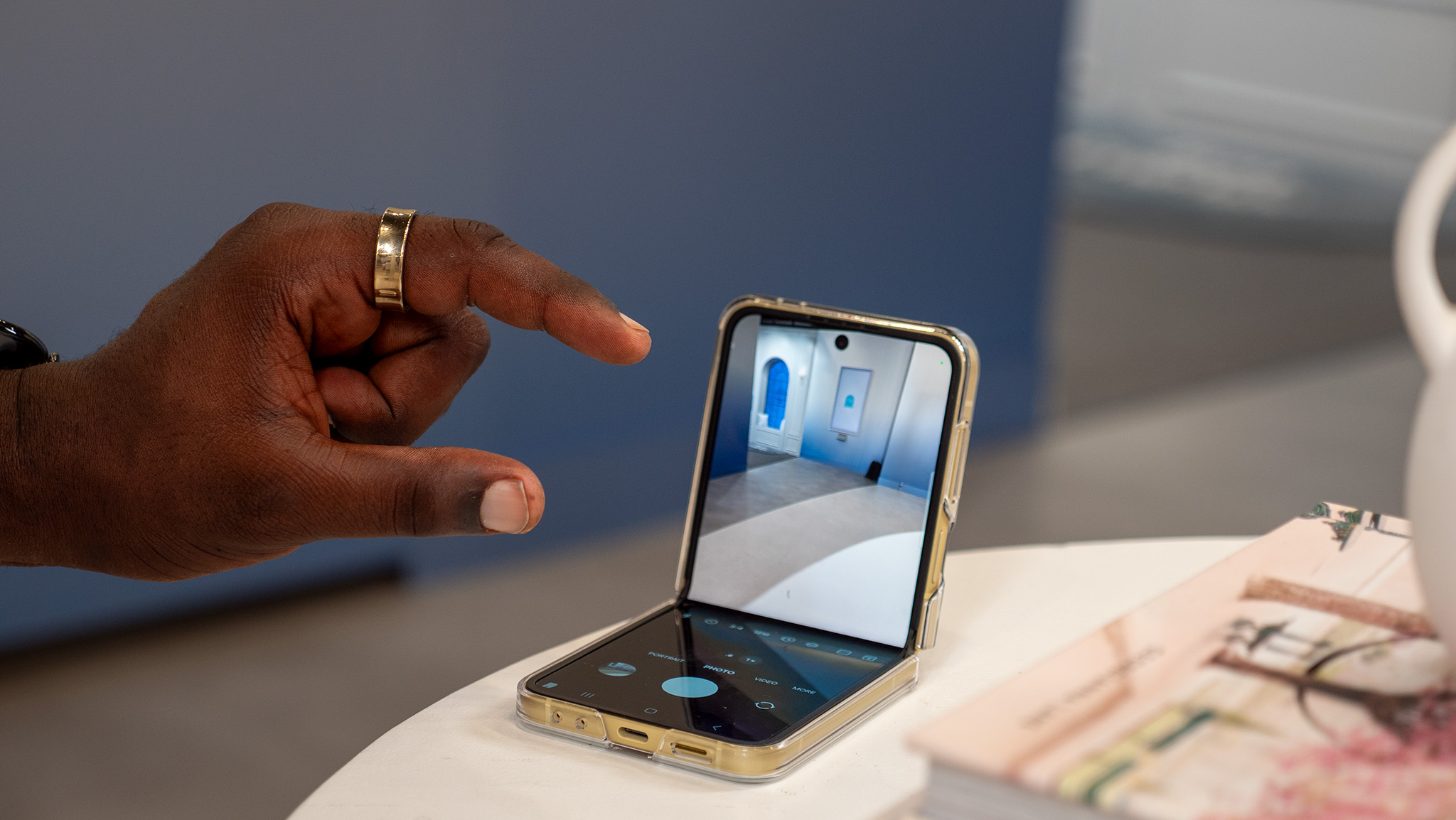
Samsung will reportedly add "improved AI functionalities" to the Ring 2, and more recognized gestures could be one of them. At the moment, Galaxy Rings can detect double pinches to dismiss an alarm or take a photo, but these uses are so limited that you probably forgot about them as soon as you finished reading the manual.
We'd love it if the gesture came up in more contexts, or if you could choose a specific function like pausing a playlist or pausing a workout that you specifically want the ring to focus on. And if the Galaxy Ring 2 could detect other gestures that wouldn't trigger false positives, that could prove useful and make your Android phone and smart ring better connected.
Otherwise, Samsung Health could add more AI insights into your health, or perhaps a chatbot that takes in your ring's data and can explain what it means and answer any questions about your sleep quality, for example.
Finally, we'd like to see more Galaxy Ring colors and finishes. Rose gold is a popular option across smart ring brands, and it'd be nice to see other popular options for jewelry like White Gold.
Given that we're starting to see luxury smart rings with premium materials, Samsung could certainly follow suit with its own higher-end Galaxy Ring 2 designs. Perhaps some could be skinnier and have basic tracking, while others could be Ring "Pro" models with a thicker design but more smarts.
Subtle style
The Samsung Galaxy Ring comes in eleven sizes and three titanium finishes (silver, gold, and black). With up to seven days of battery life per charge, tons of sleep and health data, and support for most Android phones, the Galaxy Ring helped bring smart rings into the mainstream.







